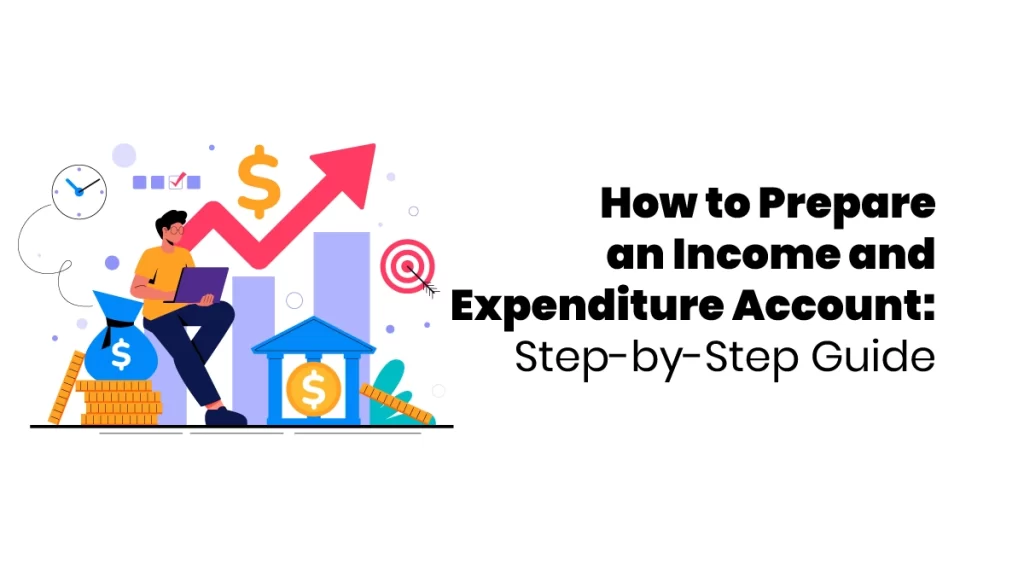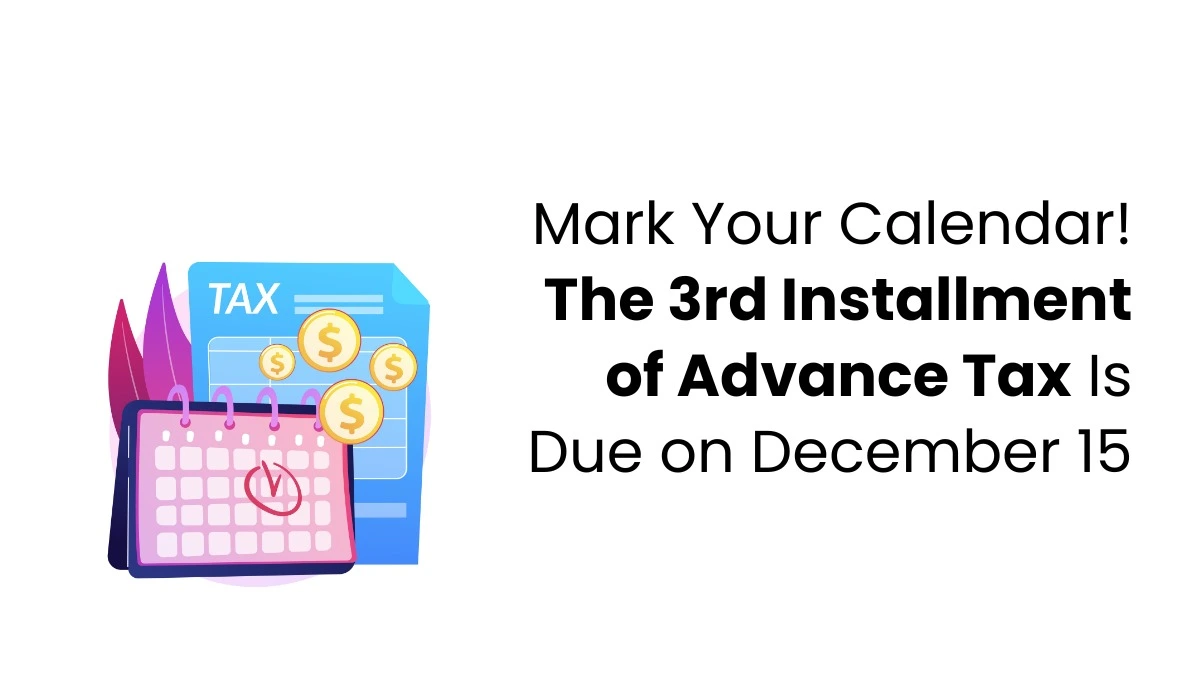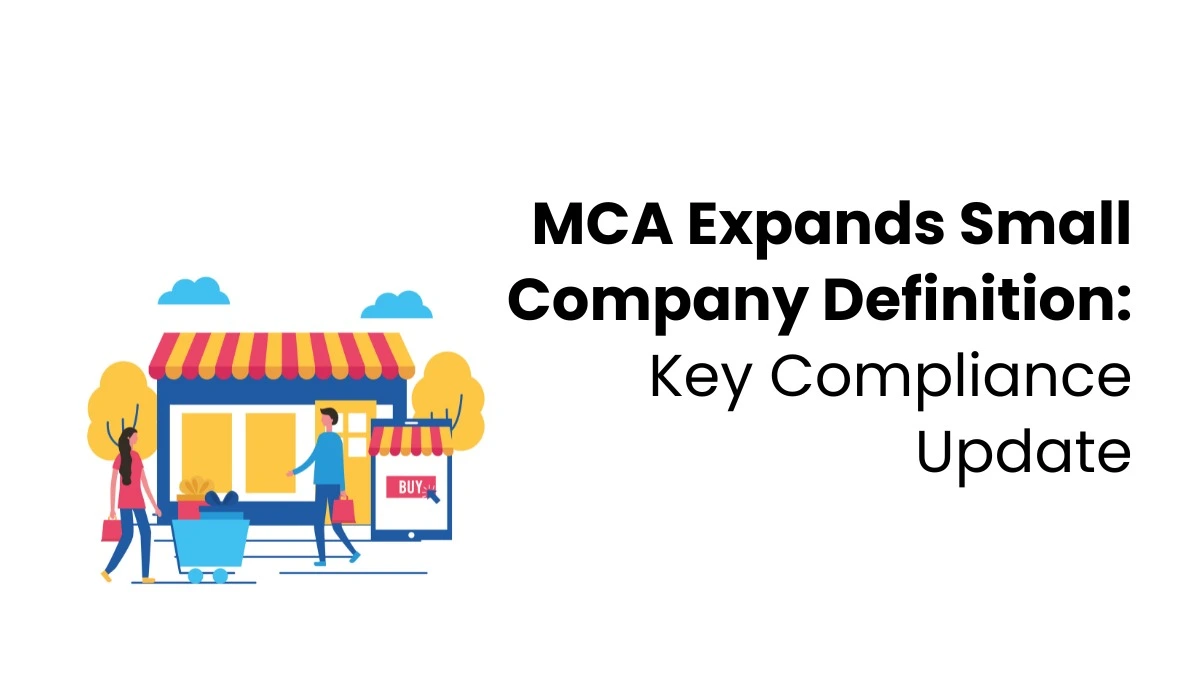Creating an income and expenditure account is key to understanding how non-trading organizations function financially. This account shows all the money coming in and going out over a period to determine whether there is a surplus (extra money) or a deficit (shortfall). Preparing this account involves several steps to ensure everything is accurate and precise.
What is an Income and Expenditure Account?
All the income and expenditure accounts for the current year are added to accounting. It assists in evidencing whether there is enough money (surplus) or money spent is greater than money earned (deficit). Another account is called the profit and loss Account, and it is quite traditional and currently used by most businesses.
It is based on all revenues and costs for the year, including money that has not been received or paid. Any amount a business spends or pays out is debited, whereas any amount a company gets or owes is credited. It contains only significant investments or other forms of expenditure that would recur less often in the computation of AOI.
The income and expenditure account keeps track of all regular income and expenses for a specific period. It follows the rule for nominal accounts: debiting all costs and losses and crediting all income and gains. Only regular, ongoing items are included in this account, while significant, one-time transactions like the sale of an asset are not added.
There is a surplus outcome if total income is more important than total expenses. On the other hand, if the costs are higher than the income, it leads to a loss. If there is a surplus, this amount is taken to the Capital Fund, but if there is a deficit, this amount is deducted from the Capital Fund. Let’s read more about steps to create an income and expenditure account;

Step 1: Get the Data
To create an income and expenditure account, start with the raw data from the trial balance. Include all regular expenses and incomes. The receipt and payment account may be used for preparers who still need a trial balance. When computing depreciation, one requires the value of fixed assets in the balance sheet of the opening date.
Step 2: Record Expenses and Incomes in the Income and Expenditure Account
Let’s read on how to add expenses and incomes in the income and expenditure account;
Expenses
- Payments from the credit side of the receipt and payment account go to the debit side of the income and expenditure account.
- Ignore capital expenses and the closing balance.
- Only include regular expenses.
If you paid in advance for something, subtract that amount since you haven’t used the service yet. If an expense is due but not paid, add it to the expense amount.
Incomes
- Receipts from the debit side of the Receipt and Payment Account go to the credit side of the income and expenditure account.
- Ignore capital incomes and the opening balance.
- Only include regular income.
Moreover, skills needed to prepare for income and expenditure accounts. Joining accounting courses after graduation allows learners to get perfect knowledge in the accounting sector and also helps to prepare individual accounts themselves.
Step 3: Items Not Added in the Income and Expenditure Account
Specific Donations
Donations for a particular fund should not be added to the income and expenditure account. They should be handled within that specific fund.
Money from a Will
Any money received from someone’s will (legacy) is a capital receipt and should not be shown in the income and expenditure account.
Life Membership Fees
Therefore, only a fraction of the total fee, categorized as income, is added each year for life membership fees. For instance, ₹ 5,00,000, in consideration for a 10-year subscription, will be added ₹ 50,000 per year to the Income and Expenditure Account.
Step 4: Make Adjustments
Add additional items not featured in the receipt and payment. For instance, on the expenditure side of the income and expenditure account, it is possible to include depreciation of fixed assets and bad debts.
Step 5: Total the Balance of the Income and Expenditure Account
Last, the figures for the income and expenditure sides of the income and expenditure account should be analyzed. If the income exceeds the expenditure total, then spending is surpassed. On the other hand, if the total expenses are higher than the total income amount, you get a negative figure, best known as the deficit. This helps determine whether the organization has more income than expenses or more expenses than income.
To learn more about accounting, check out Finprov Learning, which offers a range of job-oriented courses for commerce graduates, including CBAT, PGBAT, Income Tax, Practical Accounting Training, PGDIFA, DIA, GST, SAP FICO, Tally Prime, MS Excel, and more.
Our courses are designed for both graduates and professionals, providing practical, hands-on training to build real-world skills. We also offer placement assistance to help you start your career after completing your course. Contact us today to enhance your accounting knowledge and improve your future career prospects.










